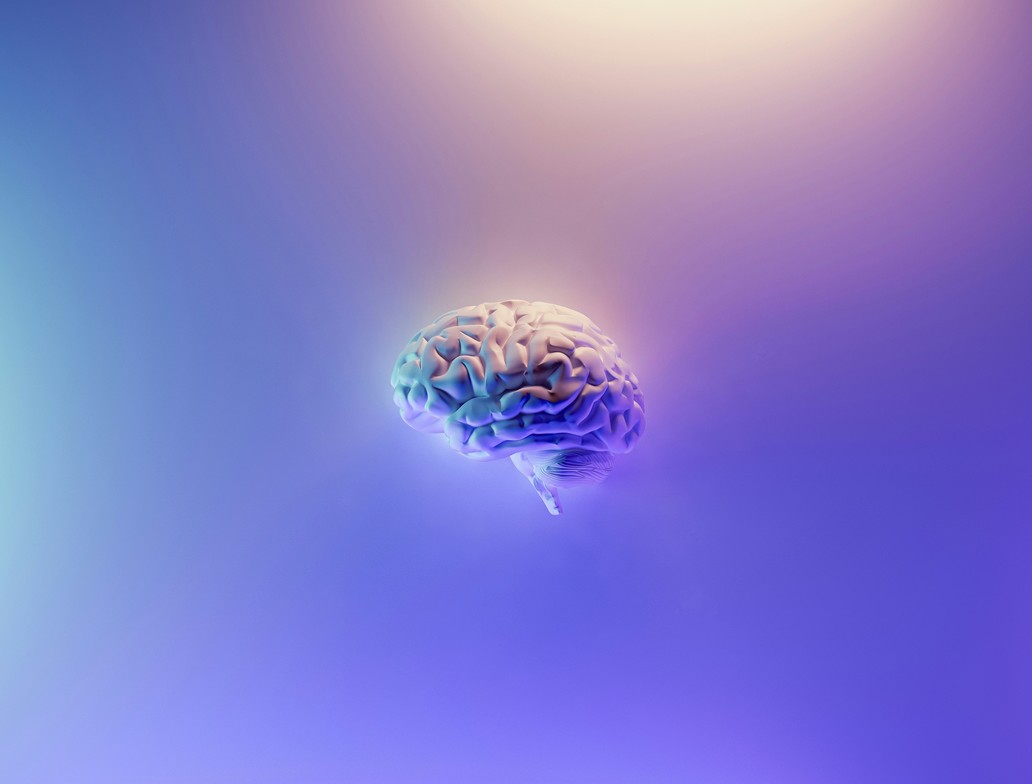
When people think of trauma, they often imagine emotional scars, feelings of fear, sadness, or anxiety. But trauma doesn’t just affect emotions; it also changes the brain. Neuroscience research shows that traumatic experiences can alter how the brain develops, processes information, and responds to stress. These changes explain common symptoms like hypervigilance, flashbacks, and emotional dysregulation. Just as important, science also reveals that the brain can heal through therapy, mindfulness, and supportive relationships.
The Brain’s Alarm System: The Amygdala
The amygdala is the brain’s fear center, responsible for detecting threats and triggering the “fight, flight, or freeze” response.
In people who have experienced trauma, the amygdala often becomes overactive, interpreting safe situations as dangerous. This hypervigilance leads to anxiety, exaggerated startle responses, and difficulty relaxing.
Brain imaging studies confirm that individuals with post-traumatic stress disorder (PTSD) show heightened amygdala activation even in safe environments (Rauch et al., 2006).
Trauma and Memory: The Hippocampus
The hippocampus organizes and stores memories, helping us distinguish between past and present. Trauma can shrink or impair this region, making it harder to separate “then” from “now.”
This explains why survivors may experience flashbacks or intrusive memories that feel as though the event is happening all over again.
Reduced hippocampal volume has been consistently observed in trauma survivors with PTSD (Bremner, 2006).
Regulation and Logic: The Prefrontal Cortex
The prefrontal cortex (PFC) governs executive functioning, reasoning, problem-solving, and emotional regulation. Trauma can suppress activity in the PFC, making it harder to manage fear and regulate emotions.
When the PFC is underactive, the amygdala’s fear signals dominate, which is why trauma responses often feel overwhelming and uncontrollable.
Neuroimaging shows decreased activity in the medial prefrontal cortex among people with PTSD (Shin et al., 2006).
Stress Hormones and the HPA Axis
The brain regulates the body’s stress response through the hypothalamic-pituitary-adrenal (HPA) axis. Trauma disrupts this system, causing irregular cortisol levels, the hormone responsible for handling stress.
Some survivors experience hyperarousal and chronic stress, while others experience low cortisol levels, leading to numbness or dissociation.
Dysregulation of the HPA axis is a hallmark of trauma-related disorders (Yehuda, 2002).
Neuroplasticity and Healing from Trauma
Here’s the hopeful part: the brain is plastic, meaning it can change and heal. With therapy, mindfulness, and supportive environments, survivors can build new neural pathways and restore balance.
Evidence-based treatments like trauma-focused cognitive-behavioral therapy (CBT), Eye Movement Desensitization and Reprocessing (EMDR), and somatic approaches help regulate the amygdala, strengthen the prefrontal cortex, and recalibrate the stress response.
Trauma profoundly affects the brain, altering the amygdala, hippocampus, prefrontal cortex, and stress systems. These neurological changes explain many trauma symptoms, but they also point toward pathways for recovery. Thanks to neuroplasticity, healing is possible. With the right support, therapy, and tools, survivors can rewire their brains toward safety, resilience, and well-being.
References
- Bremner, J. Douglas. “Traumatic Stress: Effects on the Brain.” Dialogues in Clinical Neuroscience, vol. 8, no. 4, 2006, pp. 445–461. https://www.ncbi.nlm.nih.gov/pmc/articles/PMC3181836/
- Rauch, Scott L., et al. “Neurocircuitry Models of Posttraumatic Stress Disorder and Extinction: Human Neuroimaging Research—Past, Present, and Future.” Biological Psychiatry, vol. 60, no. 4, 2006, pp. 376–382. https://doi.org/10.1016/j.biopsych.2006.06.004
- Shin, Lisa M., et al. “Amygdala and Medial Prefrontal Cortex in PTSD.” Biological Psychiatry, vol. 60, no. 4, 2006, pp. 322–329. https://doi.org/10.1016/j.biopsych.2006.06.003
- Yehuda, Rachel. “Post-Traumatic Stress Disorder.” New England Journal of Medicine, vol. 346, no. 2, 2002, pp. 108–114. https://doi.org/10.1056/NEJMra012941





